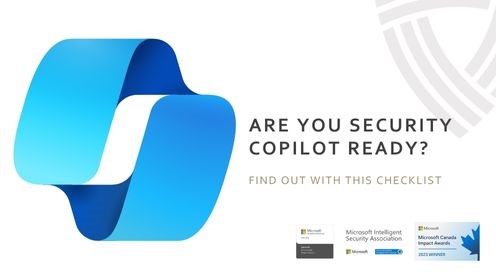
Whether you work as a chief information security officer (CISO) or just a cybersecurity specialist at the IT department, you know the difficulty of maintaining a secure and efficient network for your business. Threats of breaches, hacks, and other risks are commonplace in the corporate sphere, and COVID-19 has only increased the challenge of handling them.
Companies respond by adopting a mix of point solutions that cover individual aspects of network security, from protecting networks to securing services. However, there is significant benefit to be found in streamlining your digital security with an integrated approach that makes each solution work cohesively together. A consolidated security stack also helps you take advantage of automation tools and enterprise-wide intelligence to simplify the process further.
CISOs and cybersecurity professionals need to hear about security consolidation and what it can do for the business’s increasingly complicated needs.
The Problem With Disparate Solutions
Companies are relying too much on a spread of different point solutions, which contribute to a few problems general to most modern businesses:
Complexity
For a large enterprise environment, dealing with all the separated security tools requires a lot of deployment time and management effort. The issue is compounded by older, legacy deployments that take extra time to integrate with newer systems.
A study by Forrester Consulting revealed that 3 out of 5 organizations are aware of how expensive it can be to manage many different types of security alerts.
Security Leaks
By consolidating security procedures, you can fill in the gaps due to a lack of integration among the working parts of your security stack. In another study by Forrester Consulting, it was found that the use of a holistic security solution (in this case, Microsoft Defender for Office 365) reduced the chance of data breaches by 60% and significantly accelerated incident recovery.
Client businesses have also noticed the benefit. One customer claimed that only needing one license was much easier to work with than handling multiple contracts together.
Cost Management
On the same note, a single license also means only one entry in the budget to balance. An integrated solution also has the potential to charge much less than several different ones.
Cost management is clearly a priority in the coming years, as three-fourths of IT leaders expect to spend either the same or less in the future and almost half of them want to invest more in cost control.
Why You Should Aim for a Unified Stack
Current security teams are struggling to keep up with complex solutions, and many organizations poorly integrate each individual device, network, and tool in the stack. A consolidated security stack is the answer.
Not only does it reduce complexity across the enterprise but it also helps you leverage automation and AI-based technologies that will play an increasingly important role in modern cybersecurity.
Another tool used more often than ever is the cloud. Cloud-based features like Security Information and Event Management (SIEM) and Extended Detection and Response (XDR) generate automated responses to online attacks and alerts your teams of threats that would otherwise go unchecked.
Making It Easier for the End-User
No matter how much effort you put into cybersecurity, the overall protection of the enterprise is only as strong as that of its individual users. Insider attacks are becoming a larger threat, with 68% of organizations believing that they are vulnerable, and not many of them are confident in their abilities to deal with the problem.
An insider attack isn’t always voluntary; many employees accidentally leak sensitive data because of complicated security tools and practices. The shift to remote work in recent years has only exacerbated this issue. How can you ensure end-users in the company get the resources they need to work efficiently while still maintaining proper cybersecurity practices?
The solution lies in providing tools to remove friction from the process. Those include:
- Single sign-on: A seamless way for one account to give full employee access to organization data and services.
- Multi factor authentication: Solves the common problem of weak passwords. 4 out of 5 data breaches in 2019 were actually caused by compromised passwords.
- Password alternatives: Microsoft Authenticator, for instance, is a simple authentication method for mobile devices and web browsers that’s perfect for remote workers. There’s also biometric logins like Windows Hello.
Features like these shift away from traditional perimeter-based defenses and towards an identity management-centered approach to cybersecurity. They also introduce the Zero Trust model to businesses, or the secure practice of assuming everyone is untrusted until the identity is fully verified.
What Should You Take Away From This Year?
What have current and predicted trends told us about the nature of enterprise cybersecurity? We all know it’s important, but experts have also found out that the overuse of point solutions is causing too much complexity in the digital security sector.
In order to respond to a quickly changing landscape of digital threats, companies should look to consolidated platforms that offer better visibility into organization-wide security vulnerabilities and access to AI-based automation tools.
If you want to learn more, download the full report here.




